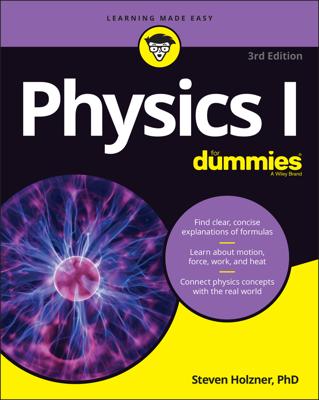One major issue in cosmology for years has been the apparent fine-tuning seen in our universe. The universe seems specially crafted to allow life. One of the major explanations for this comes from string theory, which is the anthropic principle.
Many string theorists have recently begun adopting. Many physicists still feel that the anthropic principle is a poor substitute for an explanation of why these physical properties must have the values they do.
To a physicist, the universe looks as if it were made for the creation of life. British Astronomer Royal Martin Rees clearly illuminated this situation in his 1999 book Just Six Numbers: The Deep Forces That Shape the Universe.
In this book, Rees points out that there are many values — the intensity of dark energy, gravity, electromagnetic forces, atomic binding energies, to name just a few — that would, if different by even an extremely small amount, result in a universe that is inhospitable to life as we know it. (In some cases, the universe would have collapsed only moments after creation, resulting in a universe inhospitable for any form of life.)
The goal of science has always been to explain why nature has to have these values. This idea was once posed by Einstein’s famous question: Did God have a choice in creating the universe?
Einstein’s religious views are complex, but what he meant by this question wasn’t actually so much religious as scientific. In other words, he was wondering if there was a fundamental reason — buried in the laws of nature — why the universe turned out the way it did.
For years, scientists sought to explain the way the universe worked in terms of fundamental principles that dictate the way the universe has formed. However, with string theory (and eternal inflation), that very process has resulted in answers that imply the existence of a vast number of universes and a vast number of scientific laws, which could be applied in those universes.
The major success of the anthropic principle is that it provided one of the only predictions for a small, but positive, cosmological constant prior to the discovery of dark energy. This was put forward in the 1986 book The Anthropic Cosmological Principle by John D. Barrow and Frank J. Tipler, and cosmologists in the 1980s appeared to be at least open-minded about the possibility of using anthropic reasoning.
Nobel laureate Steven Weinberg made the big case for anthropic reasoning in 1987. Analyzing details of how the universe formed, he realized two things:
If the cosmological constant were negative, the universe would quickly collapse.
If the cosmological constant were slightly larger than the experimentally possible value, matter would have been pushed apart too quickly for galaxies to form.
In other words, Weinberg realized that if scientists based their analysis on what was required to make life possible, then the cosmological constant couldn’t be negative and had to be very small. There was no reason, in his analysis, for it to be exactly zero.
A little over a decade later, astronomers discovered dark energy, which fit the cosmological constant in precisely the range specified by Weinberg. Martin Rees appealed to this type of discovery in his explanation of how the laws in our universe end up with such finely tuned values, including the cosmological constant.
You may wonder if there’s anything particularly anthropic about Weinberg’s reasoning, however. You only have to look around to realize that the universe didn’t collapse and galaxies were able to form. It seems like this argument could be made just by observation.
The problem is that physicists are looking not only to determine the properties of our universe, but to explain them. To use this reasoning to explain the special status of our universe (that is, it contains us) requires something very important — a large number of other universes, most of which have properties that make them significantly different from us.
For an analogy, consider you’re driving along and get a flat tire. If you were the only person who had ever gotten a flat tire, you might be tempted to explain the reason why you, out of everyone on the planet, were the one to get the flat tire.
Knowing that many people get flat tires every day, no further explanation is needed — you just happen to have been in one of many cars that happened to get a flat tire.
If there is only one universe, then having the fine-tuned numbers that Rees and others note is a miraculously fortunate turn of events. If there are billions of universes, each with random laws from hundreds of billions (or more) possible laws from the string theory landscape, then every once in a while a universe like ours will be created. No further explanation is necessary.
The problem with the anthropic principle is that it tends to be a last resort for physicists. Scientists only turn to the anthropic principle when more conventional methods of arguments have failed them, and the second they can come up with a different explanation, they abandon it.
This isn’t to imply that the scientists applying the anthropic principle are anything but sincere. Those who adopt it seem to believe that the vast string theory landscape — realized in a multiverse of possible universes — can be used to explain the properties of our universe.

